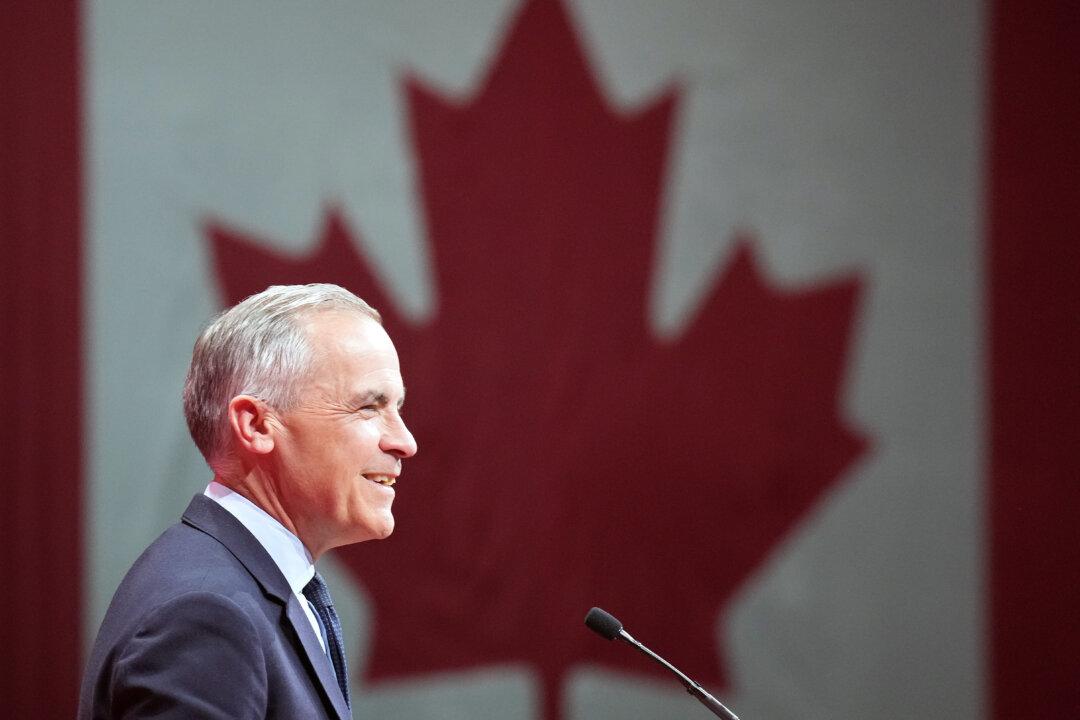EDMONTON, Canada—Canadians headed to the polls on April 28 in a pivotal election after a campaign shaped in part by U.S. President Donald Trump’s tariffs and repeated calls to make Canada the 51st U.S. state.
What began as a contest focused on affordability, housing, and crime evolved into a campaign dominated by questions of sovereignty and patriotism after Trump repeatedly suggested annexing Canada and threatened sweeping tariffs on Canadian goods.
The late-stage shift in focus appeared to boost Liberal Prime Minister Mark Carney, a political newcomer but a seasoned economic manager who once led Canada’s central bank and the Bank of England. Carney cast the election as a battle to defend Canadian independence, portraying Trump’s threats as a serious warning for the country’s future.
Poilievre, however, remained competitive in key battlegrounds, capitalizing on widespread frustration over the rising cost of living and positioning himself as a champion of working-class and middle-class Canadians seeking relief from high inflation and housing shortages.


Also on the ballot are several smaller parties that could influence the balance of power.
Jagmeet Singh’s New Democratic Party, broadly comparable to progressive Democrats in the United States, has advocated for expanded public health care, stronger labor rights, and higher taxes on corporations and the wealthy.
The Bloc Québécois, led by Yves-François Blanchet, is a Quebec nationalist party that has been advocating greater autonomy for Quebec within Canada and promoting policies tailored to the province’s French-speaking identity.
The Green Party, co-led by Elizabeth May and Jonathan Pedneault, has focused on aggressive climate action, democratic reforms, and social justice issues.
The People’s Party of Canada, led by former Conservative politician Maxime Bernier, represents a right-leaning populist platform advocating for sharply reduced immigration, skepticism toward climate policies, and a smaller federal government.
Trump’s Remarks in Final Days
Trump late last week warned that he might raise tariffs on Canadian-made cars, which were set at 25 percent in late March.Poilievre, who had largely focused his campaign on economic and affordability issues, responded directly to Trump’s comments.
He urged Canadians to vote for “change” to strengthen Canada and to stand up to the United States “from a position of strength.”


Carney, meanwhile, has sought to leverage Trump’s remarks by reframing the election around Canadian sovereignty. Standing on April 27 in front of the Ambassador Bridge linking Windsor, Ontario, with Detroit—Canada’s busiest border crossing—Carney criticized Trump’s trade threats.
“That has changed, and it wasn’t us who did the changing,” Carney said. “President Trump, the guy over there. He’s launched a trade war that has literally ruptured the global economy, and in the process, he’s betrayed us.”
Carney has pitched himself as a steady hand capable of protecting Canada’s economy and sovereignty, highlighting his leadership during previous global financial crises. His platform focuses on expanding federal dental care to cover 8 million more Canadians, investing $4 billion in health care infrastructure, and countering U.S. tariffs with retaliatory measures that return revenue to affected Canadian workers and businesses.
“We need a strong, positive government to respond to an unpredictable neighbor,” Carney said at a rally in Edmonton. He promised to remove all remaining federal barriers to trade between Canadian provinces by July 1, Canada Day.
The final weekend of the campaign was darkened by tragedy when a man drove an SUV into a crowd celebrating a Filipino community festival in Vancouver, killing at least 11 people and injuring dozens more.
Carney and Poilievre suspended campaigning briefly to offer condolences. At events on April 27, both leaders called for unity and resilience in the face of the attack, which police described as the worst mass casualty event in Vancouver’s history.







